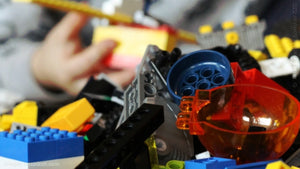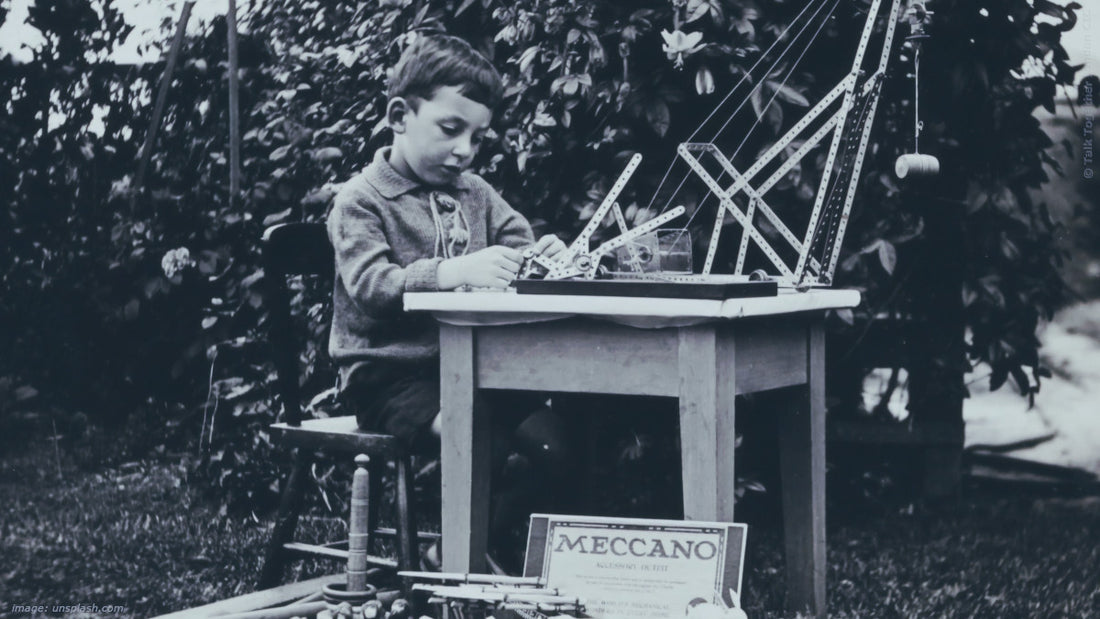Introduction
This blog post is not a finished piece, but a summary in progress of our work with textless resources to develop literacy skills.
What are Textless Resources?
Textless resources are materials that can be used to create a verbal narrative.
Before we learn how to read and write, our narratives are basically oral. Then we go to school and learn the alphabet:


Fluency in reading and writing with the letters of the alphabet takes roughly the first two years of primary school and this period is designated as Key Stage 1 in the United Kingdom.
As children and young people are gaining proficiency in how to read and write using the letters of the alphabet, they also begin to apprehend the rules of spelling, punctuation and grammar. The term 'Spelling, Punctuation and Grammar' is abbreviated as SPAG currently in England.

Here is a brief explanation of SPAG that we found on the internet, provided by the online documentation of a publicly funded primary school:
Children have discrete grammar sessions, where they are learning technical vocabulary and punctuation rules and how sentences and texts are constructed. It is also important that they know how to apply this knowledge within their writing, so discussions about the application of grammar are an integral part of English lessons....
We follow the No Nonsense spelling programme which involves weekly spelling lessons focusing on a particular spelling pattern or rule. Children have spelling tests weekly...
In their writing at the end of Key Stage 2 children are expected to spell most words correctly (with the help of a dictionary), use a range of punctuation (including semi-colons, brackets and dashes) and select grammatical structures which reflect what the writing requires (e.g. passive verbs for more formal writing, using modal verbs to suggest degrees of possibility).
The explanation above was probably modeled on the national curriculum webpages of a government office because most primary schools have a similar online document outlining the literacy skills desirable for and required of primary school graduates in England.

Importance of Literacy Skills
How we teach literacy to children and young people can determine their relationship with books and creativity for the rest of their lives.
The question we have to ask ourselves is whether the way we teach literacy skills is going to influence the creativity of our children and young people positively for the years ahead of them. In other words, are they learning to love and enjoy reading and writing or not?
What none of us would want is ending up with a bunch of kids who are struggling readers and reluctant writers - as well as learners who are excelling in literacy - in the same classroom. This is true especially if the former two groups are bigger in size than the third group of successful learners.
The school league tables published regularly year after year capture this phenomenon from the perspective of exam results, but we are interested in the experiences of children and young people.
Anyone involved with the delivery of after-school clubs and has over ten years of experience under their belt would have asked themselves at some point how many struggling readers and reluctant writers populate the classrooms of schools in London.
What's interesting for this blog post, however, is the contribution textless resources can make in teaching literacy skills as a positive intervention. We are not questioning the value of teaching and learning SPAG. To the contrary, we believe that spelling, punctuation and grammar skills are essential for becoming literate.
But, why do we need good literacy skills? To communicate, to express ourselves, to interpret what may be said or written adequately, to function well in our communities...to maintain good relationships, to be successful at work and happy at home...
In short, we need good literacy skills to live well. And, if children and young people lack good literacy skills or can not access them at the right time, then they will be underserved and, as a result, disadvantaged for the rest of their lives.
Literacy with Textless Resources
The skills of young people in the same classroom and their literacy experiences may not be similar. In an after-school club the participants in the room may belong to different age groups and are not necessarily students of the same schools. Textless resources offer possibilities for the teaching and learning of literacy in a room where the participants differ in their literacy levels because of their age, ability or other reasons.
We may have learners who have a lot to say but they can not write well because they have become 'reluctant writers'. And, the ones who can write may not want to express their thoughts and feelings. They are not motivated to share their own ideas with their peers, family members or teachers: they write to get an assignment completed.
Textless resources can re-ignite and develop the creativity that children and young people have within them and bring with them when they start attending school, because the focus of the learners is shifted away from worrying about the expectations of their tutors, including the expected standards of spelling, punctuation and grammar, to communicating about content that interests them.
Textless resources provide possibilities for one-to-one as well as group work. Learners of different age and ability groups can work together in the same room. By developing well structured activity plans, teachers and parents can address specific learning objectives appropriate for individual learners' needs.
Creating displays with stickers and toys, train sets and Lego creations can all become resources for developing literacy skills. In fact, enterprising teachers and parents can come up with many other activities that the young people in their care will enjoy doing and use them as the basis of a literacy lesson plan.



When we work with textless literacy resources the learners interpret what's taking place or has taken place and add their own words to author their own version of the story.
It is much easier for many children - and adults - to talk about a textless resource than to write about it. So, the key to unlocking the creativity hidden in each and every learner is to develop their oral skills of narration by talking and sharing information, views and opinions before they complete any writing tasks.
Learners can get their literacy skills from many resources, not just printed texts. Teachers and parents who are aware of this fact cultivate literacy skills in many contexts: films, videos, toys, puzzles, board games and computer games, to name just a few:



We can find many creative ideas to encourage learners to make use of literacy skills in the course of their day-to-day activities: street signs can teach about design and typography:


Reading store signs on the way to school and back home and names of stops and stations used by public transport networks offers rich opportunities to practice comprehension and writing skills:


Power of Textless Literacy
Words and text do not have monopoly over the freedom of the imagination. The power of textless literacy hides in the absence of a definitive text to relay a message or the essence of a story.
Textless resources may range from visual resources such as pictures to board games and from computer games to physical activities like museum visits:



Some serious thinking is involved in having to make sense of a textless resource and to understand every time afresh what’s taking or has taken place because of the absence of any records written down in unchangeable text with words which are frozen in time and significance.
Teachers and parents may tailor each participant's learning objectives specifically according to their achievement level and needs for the purpose of differentiation.
Teaching with textless resources empowers teachers and facilitators to focus on a variety of learning objectives no matter what the literacy level of the learners:
- Develop vocabulary and oral language development
- Foster observation and critical thinking skills
- Promote creativity and imagination
- Serve as an inspiration for learners’ own art work
- Build reading comprehension skills
- Improve writing skills
- Improve spelling, punctuation and grammar
- Enhance understanding of story elements (character, setting, plot, theme).
Suitability for the classroom context and the achievement levels of the individual learners present should drive the choice of a textless resource for teaching literacy skills. But, what's important is that learners will freely talk about their stories and share and develop their narratives in collaboration with their peers and tutors - who may be their teachers, parents or older siblings.
When we work with a textless resource to teach literacy, we can not just stop at orally telling a story: we have to do something at the end to capture the narratives shared by the participants.
There are various formats for administering creative writing tasks with textless resources, but the principle they all are based on is the value of starting with talking and oral narration instead of writing.
If learners are not used to sharing their thoughts, feelings, views and ideas, they may be able to answer questions about the textless resource used and get talking.
Tutors can prepare questions as writing prompts or use templates which facilitate structured writing.
If you are asking questions, let students start with the who and where or the characters and setting and then move into the problem and solution.
Literacy tutors can use textless materials as writing prompts in several ways; for example: (1) as vehicles for making precise observations, (2) for drawing perceptive inferences, and, (3) for filling in a ready made creative writing template.
If you are using templates, let the students complete the words first, then, next, after that and finally or use the 7-seven sentence story template which was used succesfully in Talk Together London's story writing project with Lego creations in London libraries.
Textless Literacy Strategies
Looking for something to do with textless resources? Try these fun activities:
Instill Prediction skills
Give learners an idea of what the textless resource is about. Let them guess what happens later.

Assess Prior knowledge
Have discussions with learners about the textless resource which then in turn can relate back to a student’s prior knowledge.

Develop Vocabulary
Develop a list of words learners can use to talk about the textless resource.
Build Story Structure
Teach how to think more deeply and critically about the elements of the resource: the interaction among characters, cause and effect relationships, the tone of the story, and the intended theme.


Nurture Observation Skills
Use post it notes for learners to describe the setting and the resource in detail.

Encourage Enquiry skills
Teach how to ask questions about the textless resource and encourage learners to voice their views.
Teach Inference skills
Draw speech/thought bubbles on post it notes and let learners write down what characters in the resource might be thinking or saying.

Conclusion: Re-defining Textless Resources
Any suitable activity can become a textless resource for writing if used for writing based on oral communication and the sharing of a narrative. The defining features of teaching and learning literacy with textless resources can be listed as follows:
Perceptive: Textless resources invite learners to support their thinking with evidence and good observation skills.
Sensitive: Learners who work with textless resources naturally think about mood, theme, color choices and the setting.
Self-directed: Using textless and innovative literacy strategies can encourage learners across different cultures to feel free to pace their own reading and writing skills.
Co-operative: When literacy is taught with resources like games, images and activities, teachers and learners can share the work together.
Collaborative: They can also take feedback into consideration and learn to work together with their peers and teachers.
Integrative: Teachers can lead learners to tell their stories in different ways and to integrate their feelings and thoughts into their creations.
Reflective: Learners can reflect and revise their stories effortlessly by including more detail in their descriptions when they are re-telling a story.
Critical: Learners enjoy the editing process more because they can revise their stories orally as many times as they would like before writing the narrative as a finished text.
Bridge-building: Learners can re-tell their stories from different characters' view points.
Multilingual: And, they can re-tell the same story in different languages.
Constructive: It's easier to achieve results with textless resources, which can boost confidence.
Analytic: Working with textless literacy resources builds important prediction, inference and deduction skills.
Investigative: Learners ponder about the big message, the sequence of events and the elements of the plot in oral narrative and writen texts.
Creative: Learners notice the ways in which illustrations go together with written text.


